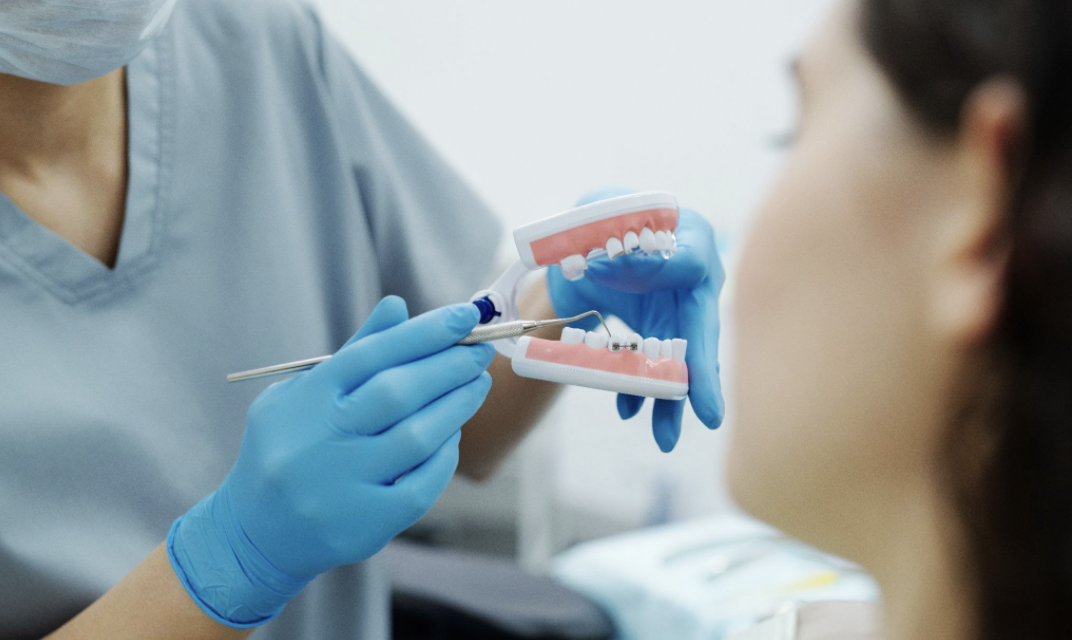If my child needs sedating for a dental procedure, what do I need to know?
So, your child needs to have a dental procedure. It’s always an anxiety producing situation for a parent to see their child dealing with the discomfort and recovery from any type of dental procedure. Specifically, many parents express serious concern over their lack of knowledge surrounding sedation methods for their child’s dental work. Is it safe? In this article we will discuss the various options you have for sedating your child during a dental procedure.
Dental procedures can be performed effectively and safely with the proper use and administration of sedation for your child. The following sedation options are traditionally used during a variety of dental procedures, and it’s important to know about each so you can consult with your dentist regarding the best method for your child.
1. Nitrous Oxide
Also known as Laughing Gas, nitrous oxide is useful for older children who are exhibiting or expressing a mild level of anxiety. They can typically be coached through the procedure, as well. The reason these two factors are critical is because it is imperative that your child remain calm enough to breathe through their nose throughout the procedure. If they are unable to do this, they will not get enough nitrous oxide to render this method effective.
Nitrous oxide is an extremely safe method of sedation, with the only reported side effect being nausea in patients who recently had a meal prior to their procedure. The nausea can typically be avoided by keeping your child from eating prior to their sedation with nitrous oxide.
2. Conscious Sedation
Conscious sedation is also referred to as oral sedation. Using this method, your child’s dentist will administer sedative drugs orally. Conscious sedation encompasses a wide variety and doses or combinations of medications that can be used. What drugs are used is typically determined by the degree of sedation required for the procedure, as well as your child’s weight. This method also requires that your child be in generally good health, with drug allergies taken into consideration. Additionally, to ensure a safe procedure, the size of your child’s tonsils and airway must be evaluated and considered when using this method of sedation. Conscious sedation also requires strict adherence to NPO (nothing by mouth) guidelines, which is something your dentist will cover explicitly prior to the procedure.
Oral sedation is shown to have been effective in roughly 3 out of 4 children. However, the other 25% have been known to exhibit insufficient or paradoxical reactions, or the opposite effect of intended sedation. In these cases, monitored anesthesia care will be required for procedure sedation.
3. General Anesthesia
Although rare, parents need to be prepared for all scenarios regarding their children’s dental needs. While not common, some children need emergency dental treatment being sedated using general anesthesia. This sedation method is typically avoided unless your child has severe dental injury requiring intubation and deeper sedation or if other methods of sedation have not worked.
Over one million children under the age of five undergo some form of sedation for dental procedures in the United States each year. In fact, with advancements in diagnostics and treatment, dental procedures among children are increasingly more necessary, common, and effective. In fact, most children can avoid dental problems by practicing consistent, high quality dental hygiene. Parents advocating for their child’s dental health on a daily basis can save their children a great deal of discomfort and, in turn, the need for sedation and dental procedures. It is advised that these practices, along with regular trips to your dentist for routine exams, begins with your child’s first birthday and first tooth. However, certain injuries or dental situations that cause immense pain may require a procedure. We recommend that each parent is aware of the various sedation methods and their appropriate applications.
If you have any questions about dental procedures for your child, please do not hesitate to contact our children’s dentist.

